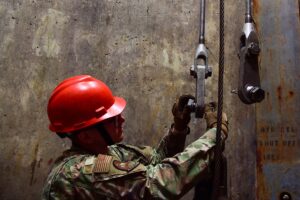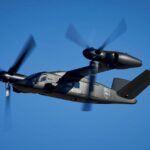
The Pentagon said that it is embarking on risk reduction on the Northrop Grumman [NOC] LGM-35A Sentinel program through an acceleration in the buy of test equipment for initial operational test and evaluation. Pentagon acquisition chief William LaPlante "signed an Acquisition Decision Memo (ADM) regarding the Sentinel program on March 27, 2023," DoD said on May 11. "The ADM approved prudent actions to reduce schedule and transition risk, specifically, accelerating the procurement of test assets needed for Initial Operational Test…














